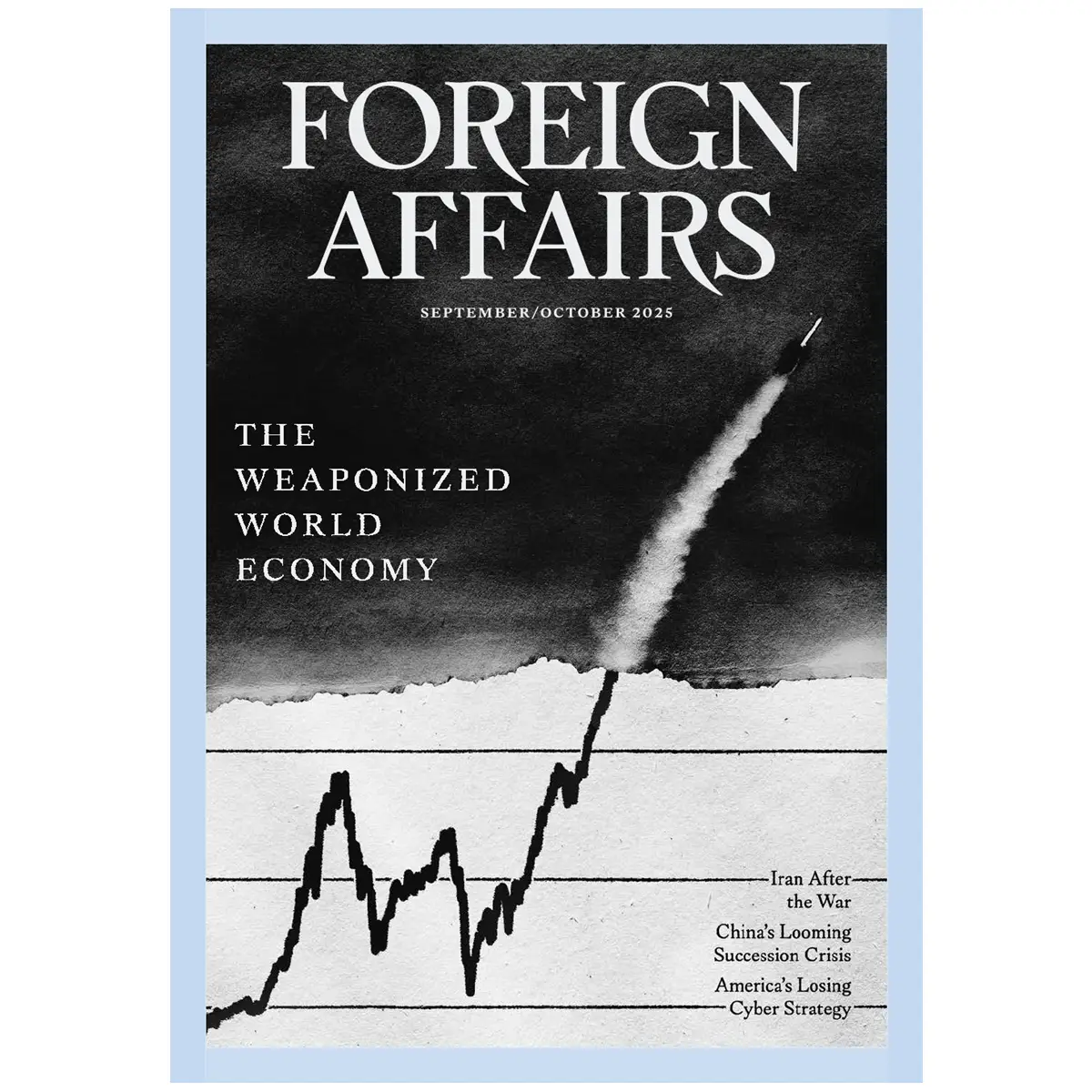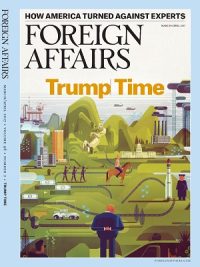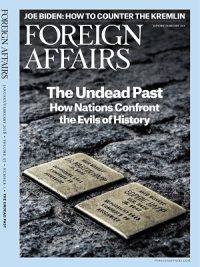Description
Foreign Affairs September/October 2025
The Weaponized World Economy
Foreign Affairs September-October 2025 Issue examines how global powers increasingly use economic tools as weapons. Sanctions, trade restrictions, and financial controls now reshape international conflicts. Nations employ these strategies with growing frequency, creating volatility in world markets. Consequently, global governance faces intense pressure.
Iran After the War
This edition provides a detailed analysis of Iran’s condition after the devastating regional war. Experts argue that Iran struggles with rebuilding while balancing domestic political challenges. Although reconstruction efforts move forward, external pressures remain constant. Moreover, rival states exploit every weakness.
China’s Looming Succession Crisis
Another highlight focuses on China’s uncertain political succession. Leadership changes appear inevitable, yet factional divides create instability. Therefore, the succession crisis may undermine Beijing’s external posture. At the same time, regional neighbors prepare for unpredictable outcomes. Hence, global observers monitor developments with great caution.
America’s Losing Cyber Strategy
Cybersecurity receives particular attention in this issue. Analysts contend that America falls behind adversaries in protecting digital infrastructure. Despite huge investments, structural flaws weaken resilience. Thus, hostile actors exploit these vulnerabilities repeatedly. Still, policymakers continue debating possible remedies.
Important Features of Foreign Affairs September-October 2025
-
Critical essays on the weaponization of global economics
-
Exclusive insight into Iran’s political and social recovery
-
In-depth coverage of China’s succession crisis
-
Sharp critique of U.S. cyber strategy
-
Expert perspectives on global security and finance
Global Significance – Foreign Affairs
Each essay connects geopolitics with economic realities. In fact, the issue illustrates how power now flows through financial networks as much as armies. Furthermore, the volume stresses interdependence, demonstrating that economic tools can both deter and destabilize. Ultimately, leaders must recognize these linkages to craft stable strategies.
Conclusion
The September/October 2025 issue equips readers with timely knowledge about the weaponized economy and its ripple effects. Because today’s world grows more interconnected, every policy decision influences broader dynamics. Therefore, readers who engage with these essays will gain clarity in a rapidly shifting environment.





